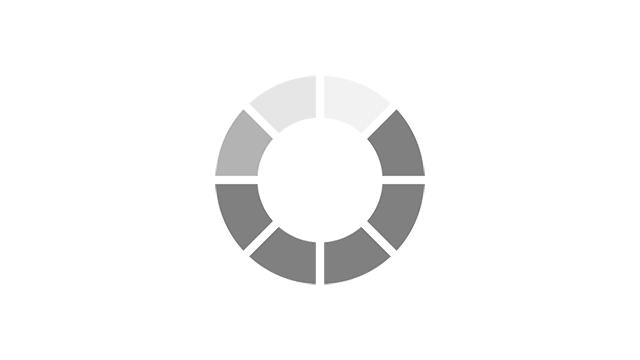

You are about to leave www.astellas.com and enter a third-party website. Astellas is not responsible for the content or services on the third-party website.
Would you like to continue?
A counterfeit medicine1 is a medicine that has been deliberately and fraudulently mislabeled with respect to identity and/or source. Counterfeiting can apply to both branded and generic products and counterfeit products may include products with the correct ingredients or with the wrong ingredients, without active ingredients, with insufficient ingredients or with fake packaging. Similarly, falsified medicines1 are medical products that deliberately/fraudulently misrepresent their identity, composition or source. As the distinctions between these two terms are subtle, for the purpose of this document both terms will be used in the same context.
The existence of counterfeit/falsified healthcare products is a significant concern as it can result in the presence of ineffective and potentially dangerous products in the marketplace. Moreover, it can undermine confidence in product safety and effectiveness while putting patients’ health and lives at serious risk.
There is abundant evidence of essential medicines, including life-saving medicines, being counterfeited/falsified globally. Distribution of medicines through questionable entities posing as legitimate online pharmacies as well as through social media platforms continues to be a significant problem.
A review of internet drug outlets in the US revealed that well over 90 percent of these so-called pharmacies do not follow basic patient safety and pharmacy practice standards.2 Instances of illicit medicine sales through social media by unauthorized/unlicensed parties are also increasing rapidly.
With the increase in internet connectivity, questionable entities trafficking in counterfeit/falsified medicines have gained increased access to the global marketplace. Although this issue impacts all countries, countries where there are weak or non-existent regulatory systems bear the greatest risk of counterfeit/falsified medicines. It has been observed that 1 in 10 medical products in the supply chain of low-and middle-income countries was counterfeit/falsified according to the research by WHO.3
Astellas takes a firm position against counterfeit/falsified medicines, and other illicit activities that perpetuate the illegal medicines trade. However, Astellas recognizes that the Company cannot tackle this issue alone and that it has no official power to intervene directly.
Our goal in this regard is to help ensure that patients receive only genuine, legitimately distributed Astellas products. Given the potential for negative impact to patients’ health caused by counterfeit/falsified medicines and the risk that Astellas’ products may be the target of counterfeiting/falsification, Astellas operates an Anti-Counterfeit/Falsified Medicines Committee(“ACFC”). This committee governs the Company’s product security activities targeting counterfeiting/falsification, diversion and theft, and enlists a multi-functional team of subject matter experts who undertake countermeasures as follows:
References
You are about to leave www.astellas.com and enter a third-party website. Astellas is not responsible for the content or services on the third-party website.
Would you like to continue?